
Image: Gaurang
Once sported by royalty, Patola saris are now considered a precious piece of inheritance. Passed down through several generations and worn on most important occasions, the Patolu is revered not only for its religious significance, but also for the incredible level of skill and intricacy that goes into making it. We take a closer look at this one-of-a-kind heritage weave.
The legend of patola
Patola weaving has always been a closely guarded family tradition. Silk weavers of the Salvi caste from the states of Karnataka and Maharashtra arrived in Patan, Gujarat in the 12th century with the intention of acquiring the support of the Solanki Rajputs. According to legend, over 700 Patola weavers were summoned to the palace of King Kumarapala, as the ruler was an ardent fan of the weave. After the decline of the Solanki empire, the Salvis set up a rich trade in Gujarat. Soon, patola sarees became a sign of social status among Gujarati women.

Image: Verve.in
Patola: created with precision
Patola is a double ikat weave made only in silk (Patt is short for ‘Pattakalam,’ which literally translates to silk in Sanskrit), so it can last for 80-100 years, instead of tearing in about 40-50 years if it were made in cotton. Weaving a patola sari is an intricate and time-consuming process, which is why two-three people have to work together on the loom. The first step in making it is tying the yarn with cotton thread according to the pattern — every colour in every yarn has its own unique place. This is a complex process that requires immense concentration and patience, as measurements can be as small as 1/100th of an inch! After every few inches of weaving, the design is adjusted using steel needles. Finally, when the dyeing is complete, the yarns are stretched out to make the warp. It can take six months to a year or more to make a single patola sari!

Image: Gaurang
The resurgence of patola
Today, out of the original 700 families who championed the weave, only three remain and continue to weave these highly prized double ikat saris in Patan. The country’s favourite designers are also reviving the ethnic weave. Deepika Govind showcased it on the runway through saris as well as short dresses and skirts. Amit Aggarwal breathed new life into old Patola sarees by repurposing them for his eco-friendly Summer/Resort collection. Not to forget, Gaurang Shah, who has always supported heritage weaves. Patola has repeatedly made a prominent appearance in his collections.

Image: Gaurang
Styling Your patola
A truly regal weave in every sense, the patolu has been respected and admired by sartorialists everywhere. In case you’re wondering how to incorporate it in your own wardrobe, we’ve got you covered with a few ideas:
- The classic silk blouse looks best with a patola saree. We recommend getting the border on the blouse stitched in the same design as the sari, while keeping the colour of the rest of the blouse complementary.
- As so much time and effort goes into creating this weave, it is often looked at as a treasured piece of art. You can start off small by investing in a bright scarf or dupatta that can be paired with solid coloured kurtas.
- Pair gold jewellery with your patola saree to add to its opulent sheen, especially if you’re wearing it to a wedding.
- Team a cool crop top or shirt blouse with a patola lehenga for a fitting mehndi or wedding dinner look.
Read some of our other #MakeInIndia stories here, here, and here.

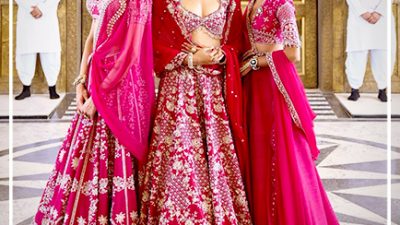
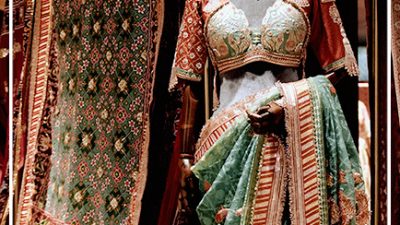

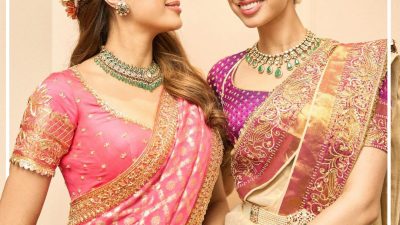
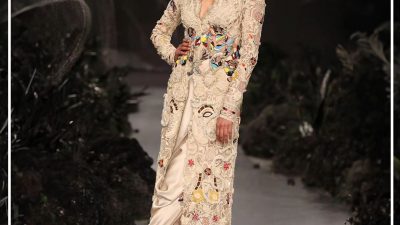

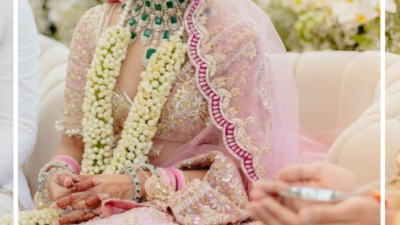
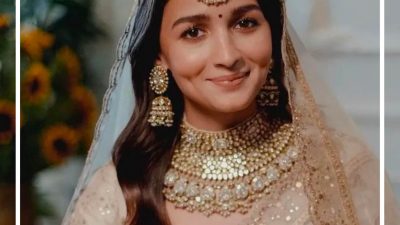





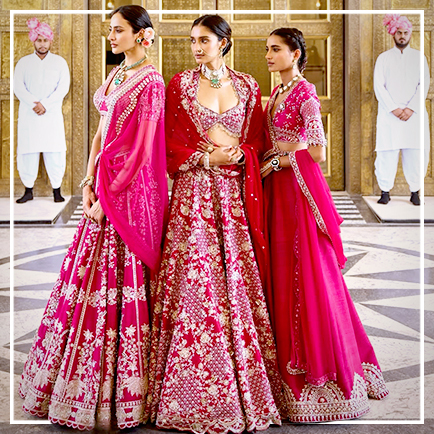

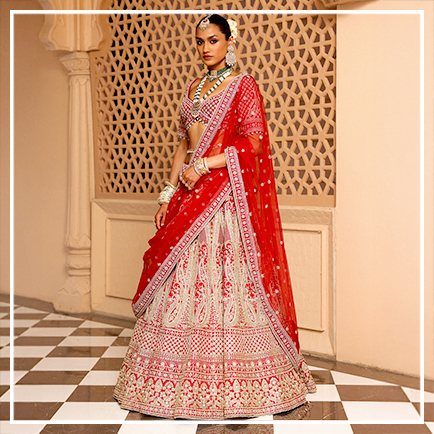

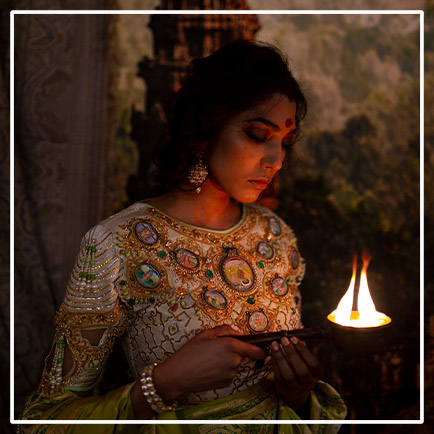
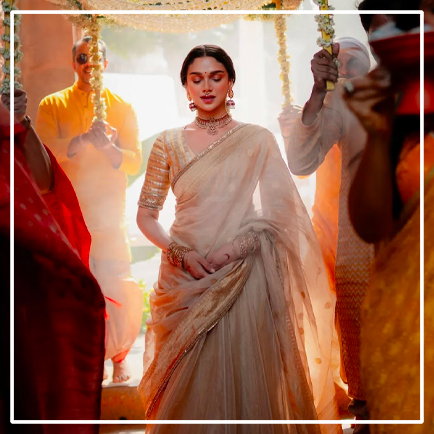
Comments